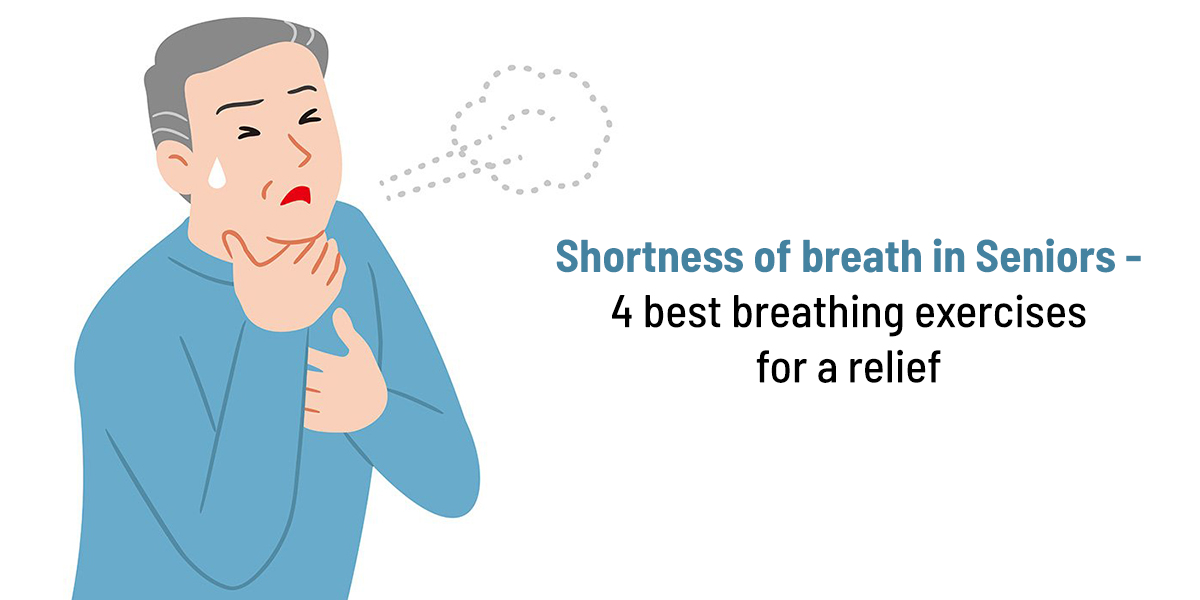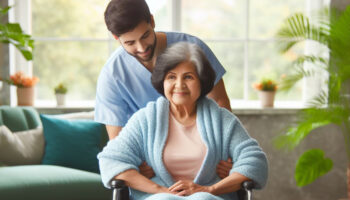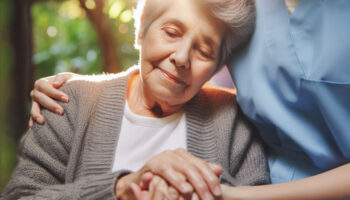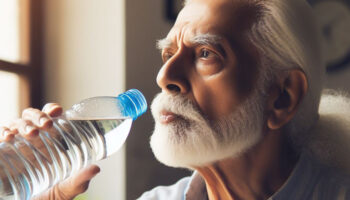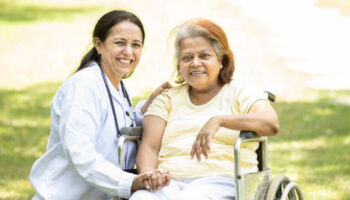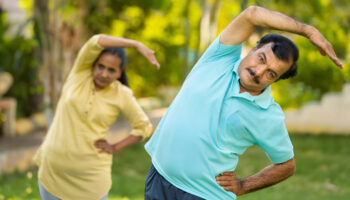Breathlessness can be extremely frightening for seniors and their caregivers. Many believe that breathing shortness in seniors is common with aging but only it’s not. While it is true that people who have been diagnosed with pulmonary and cardiovascular conditions tend to run out of breath sometimes, it can occur for many other reasons.
As these diseases are more likely to occur in old age, shortness of breath has been attributed to advanced age. The other conditions that cause breathing problems in seniors are anemia, muscle weakness, and anxiety. The medical term for shortness of breath in seniors is dyspnoea which is more of a sensation of running out of breath or feeling uncomfortable in the thoracic region.
Shortness breath can occur as a result of constant inconsistent interactions between the neurologic stimulation and the organs involved in the breathing mechanism. Stay along as we explore the major reasons behind breathlessness, what are the ways to tackle it effectively, breathing exercises for seniors, yoga, meditation, and the ways to prevent it once for all.
What are the reasons behind breathlessness?
Breathlessness in seniors is a symptom of many chronic conditions related to cardiovascular and pulmonary conditions. If it is not occurring as a symptom, it can occur because of these four reasons.
- Hypoxemia – This occurs when the oxygen levels in the blood are lower than normal. Reasons being high altitudes, heart conditions, asthma, emphysema, pain relieving medication, sleep apnea, and scarring of the lung tissue.
- Hypercapnia – This arises when there is excessive levels of carbon dioxide in the bloodstream. It occurs mainly because of chronic obstructive pulmonary disease or COPD. Hypothermia, sleep apnea, genetic conditions, and nerve and muscular issues are among the other reasons.
- Decreased lung capacity – Like the other organs in the body, the lungs expand till the age of 20-25. After that they start declining gradually and this process speeds up once the person is around 40 years of age. There are ways to expand your lung capacity and you will get to know about them later on in this blog.
- Activities that increase breathing workload – Activity and health go hand-in-hand but a few people might find it hard to breathe after a workout. This happens in seniors than it happens in any other age group.
How to relieve from an episode of shortness of breath?
Calm down yourself and relax your anxious mind. In most cases, shortness of breath can be relieved after a few seconds or minutes.
- Try to sit in an upright position, tilt your chin to chest, take 10 short breaths as fast as you could and do this as many times as you could.
- Once you feel your chest muscles are a bit relaxed, breath with your lips closed for 4 counts and breath out with your mouth opened while making an ‘ahh’ sound. Repeat it for 3-4 times and call for medical help.
What are the breathing exercises for seniors?
Breathing exercises are simple. Simpler than a walk in the park and we mean it both metaphorically and literally. To increase your breathing capacity or to expand your lungs, you need to practice the exercises that solely focus on the way you breathe.
- The 4-8-8 Technique – Breathe in slowly and deeply with your lips closed. Hold the breath and count to eight (any number is fine as long as you feel comfortable). Breath out with pursed lips (like the way when you whistle). Then breath in again. Repeat it 4-6 times everyday.
- Long breaths – Close your lips and slowly start inhaling while counting numbers in your mind. If you are able to breath for just 10 numbers, try to increase it in your next practice. Set a target of adding 5 seconds at least everyday, and your diaphragm will thank you later.
- Chest wall stretch – Inhale counting 4, raise your arms as you inhale and bring them in front of your chest and then over your head. Slowly breath out with pursed lips and lower your arms slow to their normal position. Try this everyday to increase your chest muscle flexibility.
- Walk and breathe – Walking on a flat surface while focusing on your inhalation and exhalation is a great way to maintain a healthy body. Start walking when you are feeling comfortable and focus on breathing. Breath with your lips closed and breath out with your lips pursed.
Yoga practices such as meditation and pranayama are other great ways to increase breathing capacity. This is one of the reasons why many senior living communities and assisted living homes integrate breathing and yoga practices for seniors in their daily activities.
